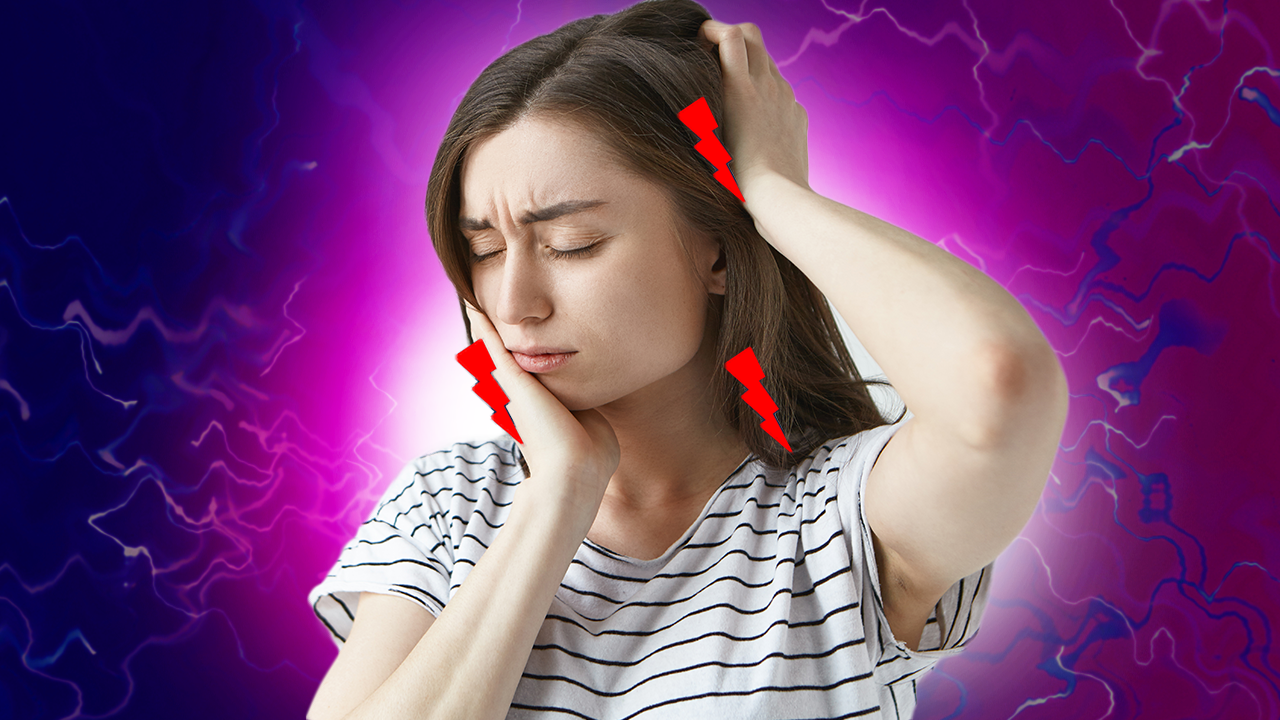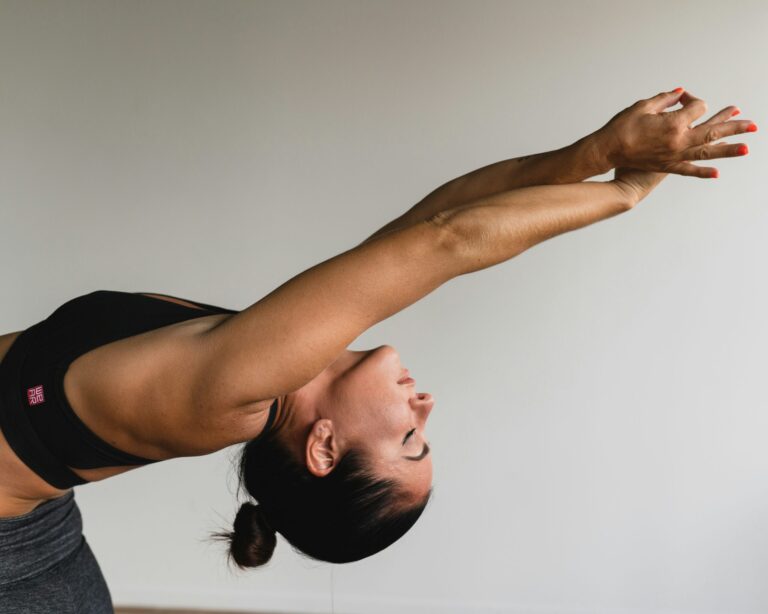What is temporomandibular joint dysfunction (TMJ) and what can you do about it?
Causes and solutions with biomechanical posture correction
What is temporomandibular joint dysfunction (TMJ)?
Temporomandibular joint dysfunction (TMJ) is caused by a faulty interaction between the upper jaw, lower jaw, and skull.Various factors such as incorrect bite alignment, stress, dental misalignment, muscular imbalances, and poor posture can contribute to the development of TMJ. The symptoms are diverse and range from jaw pain and restricted mouth opening to clicking sounds in the jaw joint, headaches, neck pain, ear noises, and dizziness..
How does TMJ occur?
This question is extremely complex to answer and should be considered on an individual basis. In the following video, I will only explain the pure asymmetry that occurs naturally through the asymmetry of our organs in our body. This theory is based on the concepts of the Postural Restoration Institute (PRI) in the USA and is only superficially described here. The area of the cervical spine and head is very complex, which is why each case needs to be individually assessed by a trained professional. The video is for informational purposes only and should not be used for self-diagnosis or diagnosis by others.
Temporomandibular Joint Dysfunction - What to Do?
How can this complex problem be effectively addressed? A promising solution is biomechanical posture correction, based on the principles of the renowned Postural Restoration Institute (PRI) in the US. The biomechanical posture correction targets the root cause of TMJ and aims to improve skeletal alignment, overall posture, and muscular balance. By correcting these aspects, it can help alleviate the strain on the jaw muscles and alleviate tension in the temporomandibular joint and throughout the entire skull. As a result, TMJ symptoms can be significantly reduced.
What is biomechanical posture correction?
Biomechanical posture correction, based on the principles of Postural Restoration Institute (PRI), involves an individually tailored combination of specific exercises, techniques, and therapeutic approaches. It focuses on selectively stretching or strengthening specific muscles and creating new neural connections to integrate improved posture into everyday life. Through intelligent training and the consistent application of these methods, sustainable improvement in TMJ can be achieved.
What sets posture correction apart from other methods?
What sets biomechanical posture correction apart from other approaches is its holistic and natural approach, which considers the structure of the entire body, including neural connections and the state of the central nervous system. By improving body posture, creating new neural connections, and achieving mental and physical relaxation, it is possible to not only alleviate symptoms acutely but also address the underlying causes of TMJ.
It is important to note that biomechanical posture correction alone may not always be sufficient. Treatment by a holistic dentist and support through methods such as dental splints may be beneficial and necessary. Each case is unique and requires an individual diagnosis and treatment strategy by an experienced, preferably holistic dentist in collaboration with a posture expert.
Where can I learn more?
For further information and the opportunity to schedule an appointment for an Online assessment click hier.
Alternatively, you can check the PRI website to find a PRI practitioner close to you.







